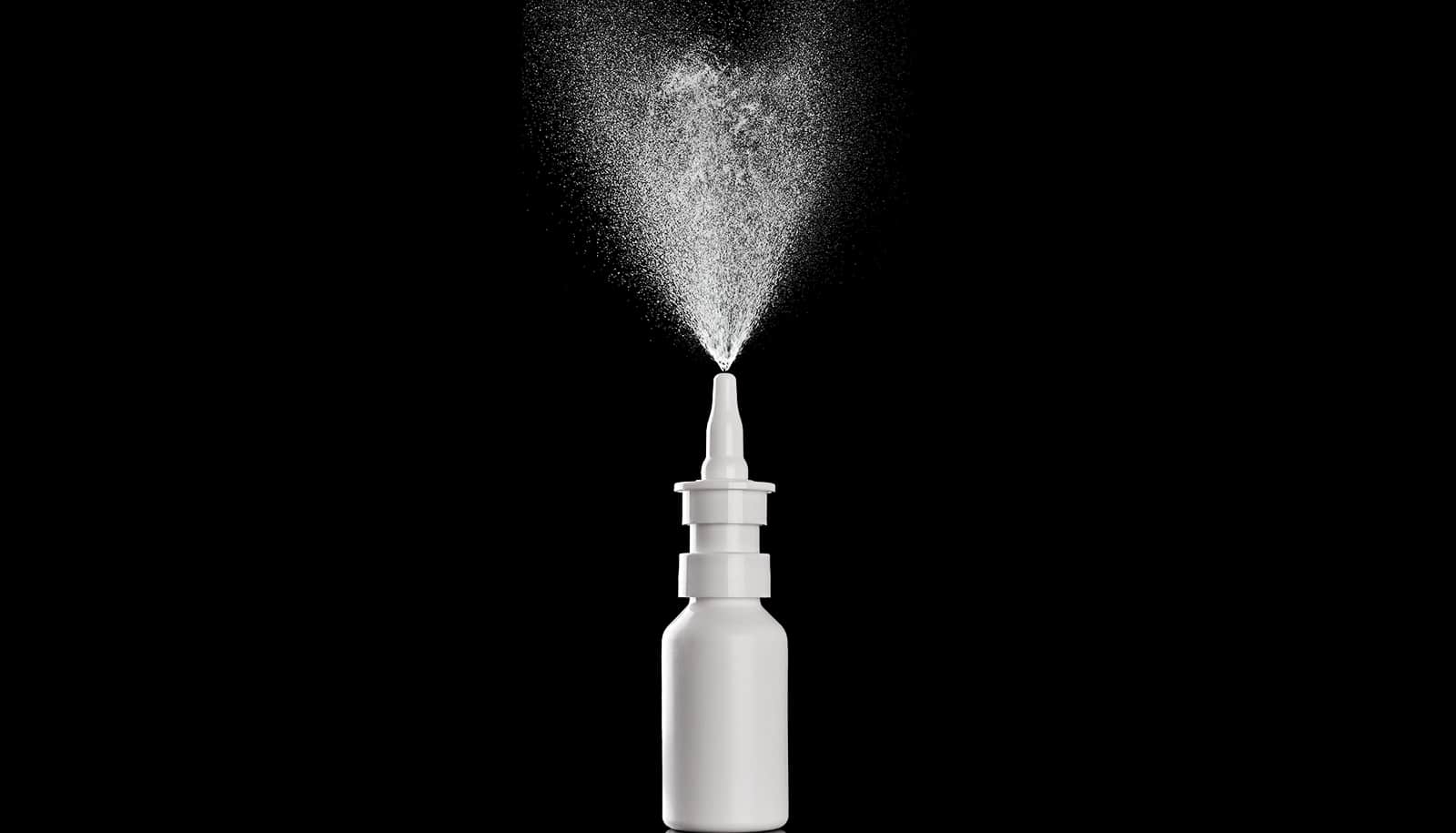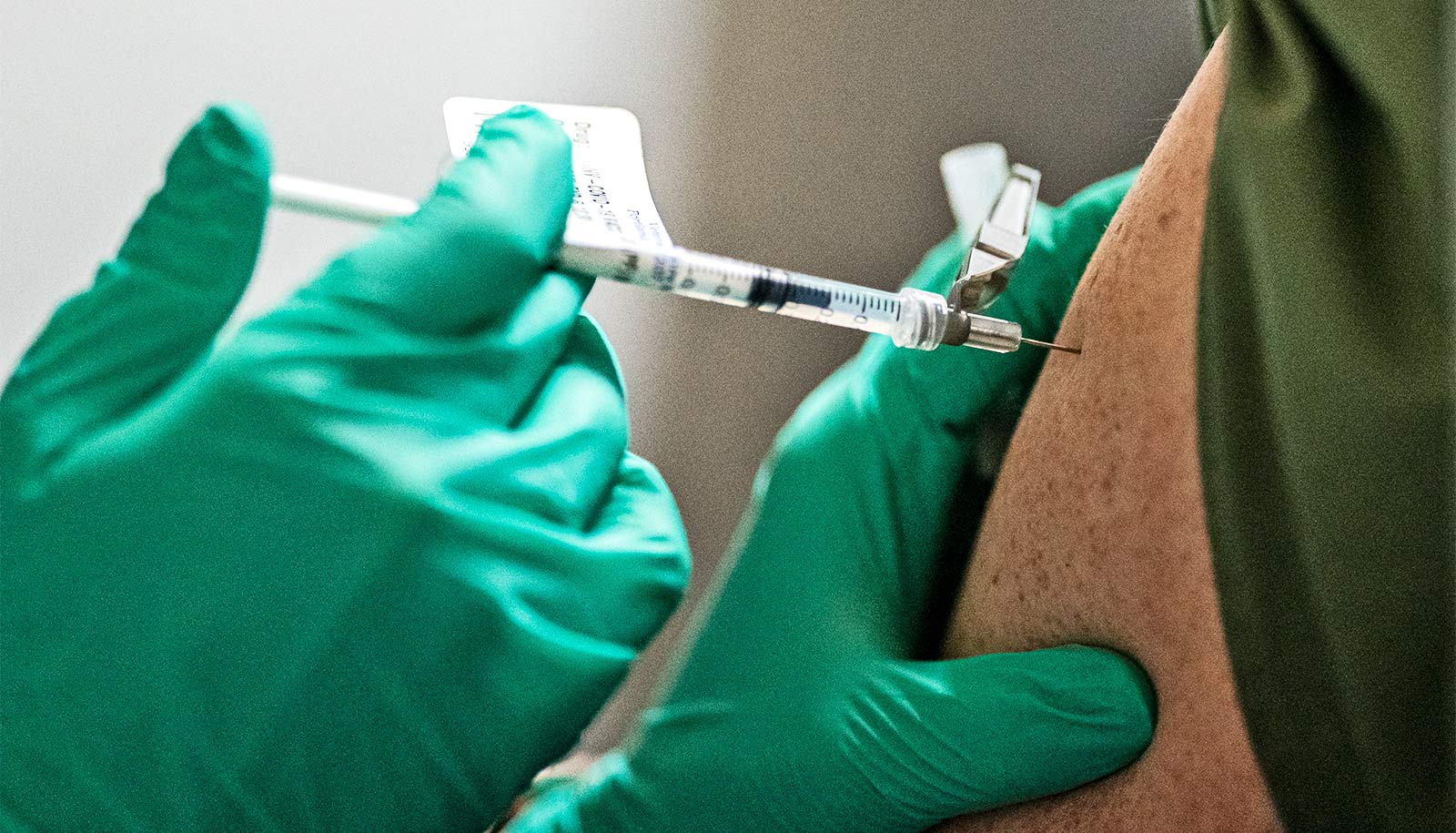A new study offers valuable insights into tailoring immunization strategies to optimize influenza vaccine effectiveness.
To offer cross-protection against diverse influenza virus variants, nanoparticle vaccines can produce pivotal cellular and mucosal immune responses that enhance vaccine efficacy and broaden protection, according to the study in Nature Communications.
To alleviate the significant public health burden of influenza epidemics and occasional pandemics, it’s essential to enhance influenza vaccine cross-protection, researchers say.
While the Centers for Disease Control and Prevention (CDC) recommends annual influenza vaccination, current seasonal influenza vaccines typically provide strain-specific and short-lived immunity. Seasonal influenza vaccines offer limited cross-protection against antigenically diverse virus variants and provide no defense against sporadic influenza pandemics, the authors explain.
“Developing effective influenza vaccines or vaccination strategies that can confer cross-protection against variant influenza viruses is a high priority to mitigate the public health consequences of influenza,” says first author Chunhong Dong, a postdoctoral fellow in the Institute for Biomedical Sciences at Georgia State.
In the study, the researchers investigated the effects of immunization strategies on the generation of cross-protective immune responses in female mice using mRNA lipid nanoparticle (LNP) and protein-based polyethyleneimine-HA/CpG (PHC) nanoparticle vaccines targeting influenza hemagglutinin. The mice were immunized with either intramuscular mRNA LNP or intranasal PHC vaccines in a typical prime-plus-boost regimen. A variety of sequential immunization strategies were included in this study for comparison.
“We demonstrated that cellular and mucosal immune responses are pivotal correlates of cross-protection against influenza,” says Baozhong Wang, senior author of the study and a professor in the Institute for Biomedical Sciences.
“Notably, intranasal PHC immunization outperforms its intramuscular counterpart in inducing mucosal immunity and conferring cross-protection. Sequential mRNA LNP prime and intranasal PHC boost demonstrated optimal cross-protection against antigenically drifted and shifted influenza strains.”
The study highlights the importance of immunization orders and indicates that in a sequential immunization, an mRNA vaccine priming plays an important role in steering the Th1/Th2 immune responses. Also, the intranasal PHC boost is crucial to the induction of mucosal immunity, Wang says.
The National Institutes of Health/National Institute of Allergy and Infectious Diseases funded the work.
Source: Georgia State



